Over coffee the other day, I was asked how many holidays I’d taken so far this year. I had to stop and think. Not to count, but to think. And not to categorise – does an overnight in Veszprém count as a holiday? Yes, I travel a lot. It seems like I’m always somewhere other than here, but I don’t see these trips as holidays. I see them as simply working from somewhere else. It’s one of the benefits of having a mobile job in a wifi world. I go, I work, and in between times, I try to fit in as much as possible. The ultimate working holiday.
In Portugal a few weeks ago, one such fit-in was to visit to the town of Sintra (home to Europe’s westernmost point), about a 40-minute train ride from Lisbon. We didn’t have time to fight the hordes of tourists milling about the narrow streets (something that even had we had the time, I’d have been reluctant to do – the place was heaving) but on a quiet day mid-winter, it might be nice.
The area has more than its fair share of palaces (if there is such a thing as a fair share of royalty). Queluz palace is billed as a blend of Versailles’ French grandeur and Portuguese eclecticism and in recent years has entertained no fewer than four US presidents – Eisenhower, Carter, Reagan, and Clinton – if that’s a modern-day claim to fame.
We missed the fourteenth-century National Palace in the centre of Sintra but I’d go back to see the magpie room, so called because of the birds decorating the ceiling. We missed seeing Challet Biester (think Johnny Depp in Polanski’s The Ninth Gate); Monserrate Palace, which won the European Garden Awards a couple of years ago; and the eighth-century Moorish Castle. We missed the fantasy Palace of the Millions. We missed the Tivoli Palácio de Seteais (now a hotel). We missed the Palácio da Regaleira, and its four hectares of grounds with lakes, grottos, and tunnels.
But we did get to see Pena Palace.
As we made our way through the valley of lakes and its amazing duck houses, beautiful black swans, and crazy art installations, we knew that we simply wouldn’t have time to see it all. You could spend a day in the park walking around and a day it deserves. We had a couple of hours.
Palacio Pena (which translates into Feather Place) looks like it was built by someone on LSD, whose vision of fantastical was hallucinogenic. It’s what capitalises the WTF in incredible and lowercases the wow. Mad. Truly mad.
The dream-child of Prince Consort Fernando of Saxe-Coburg-Gotha, construction started on the Romanticist castle in 1840 and finished in 1885, the year he died. A garish mix of purples, pinks and yellows, it has a My Little Pony feel to it, even though I’m sure that the German architect Baron Wilhelm Ludwig von Schewge, the man responsible for the jumble Neo-Gothic, Neo-Islamic, Neo-Renaissance and Neo-Manueline architectural styles, didn’t have that as his guiding inspiration. The outside is adorned with carvings, religious icons, and the must-have hand-painted Portuguese tiles.
Inside, there are some gems. I was particularly taken by the paper mache furniture (chair and cabinet in the photo are made of paper…) and the many walls painted in trompe-l’oeil . The rooms are a curious mix of influences that seems to range from Middle Eastern to Middle European. Strangely, for me, a lover of old palaces, castles, and manor houses, this is the first that I simply couldn’t imagine myself living in. There is way too much going on for me ever to entertain the slightest hope that I might find some peace within its walls. I was completely underwhelmed by the dining room but must admit that the kitchen was magnificent.
Each to their own, though. Others who have visited rave about it and go back time and time again. Me? I’m glad I saw it. Once. It was a nice break in an afternoon of work. And when next in Sintra I won’t feel at all bad about giving it a miss in favour of the many other palaces to see and a cocktail in Lawrences Hotel, the oldest hotel on the Iberian Peninsula, one that boasts Lord Byron as its first guest. A hotel where the doors don’t have numbers, they have names. Perhaps more my kind of place.
Share this:
- Click to share on Twitter (Opens in new window)
- Click to share on Facebook (Opens in new window)
- Click to share on Pinterest (Opens in new window)
- Click to share on LinkedIn (Opens in new window)
- Click to share on Reddit (Opens in new window)
- Click to share on WhatsApp (Opens in new window)
- Click to share on Pocket (Opens in new window)
- Click to share on Telegram (Opens in new window)
- Click to email a link to a friend (Opens in new window)


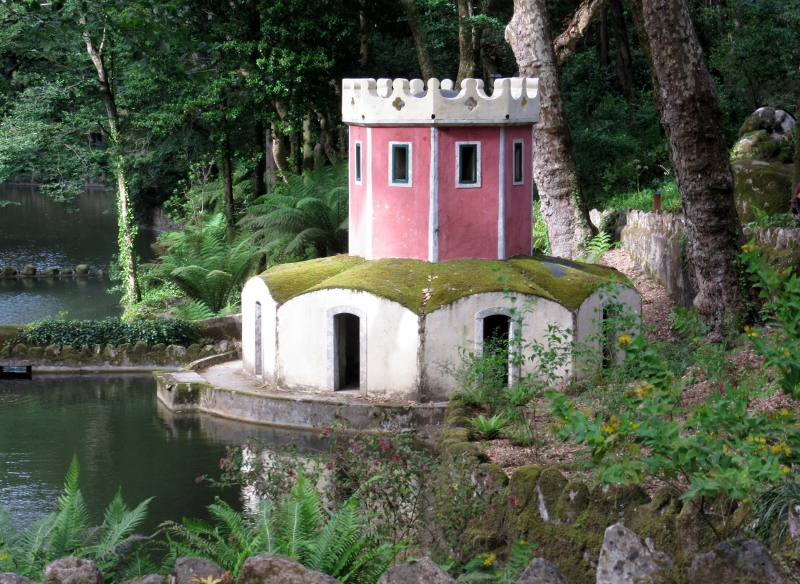
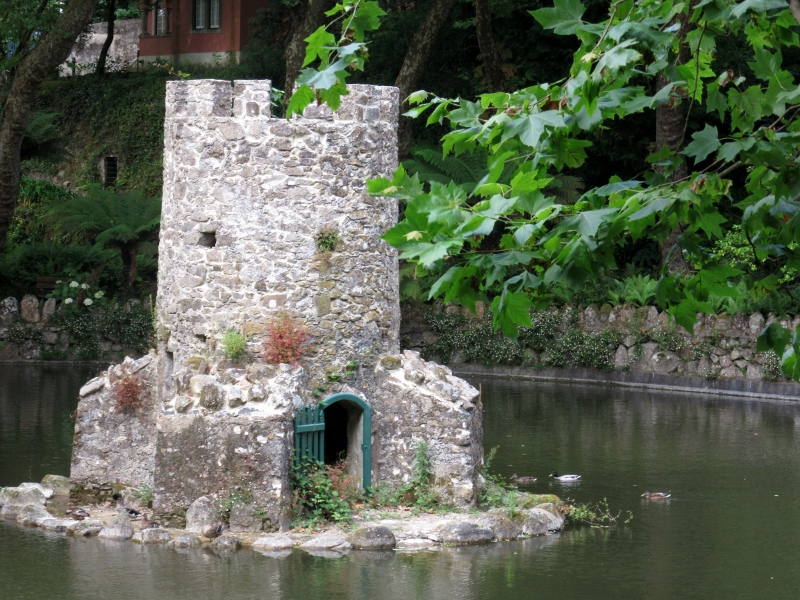
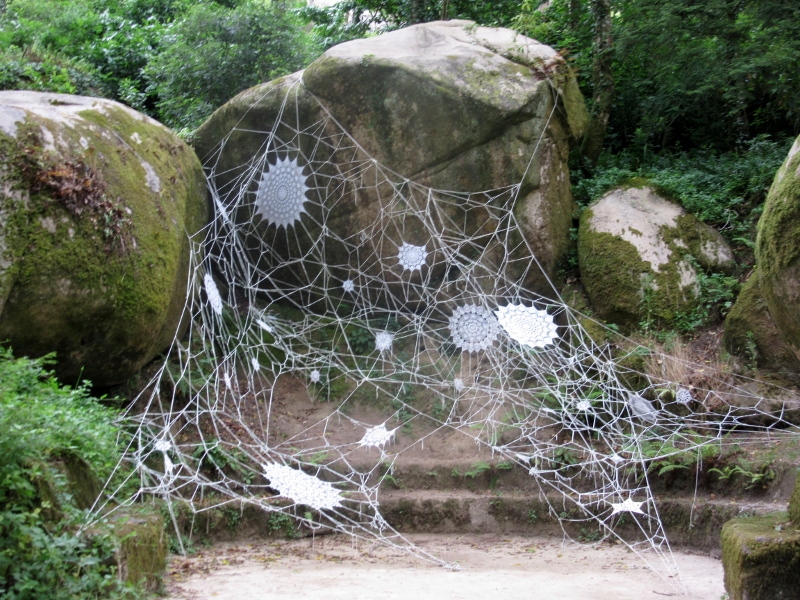
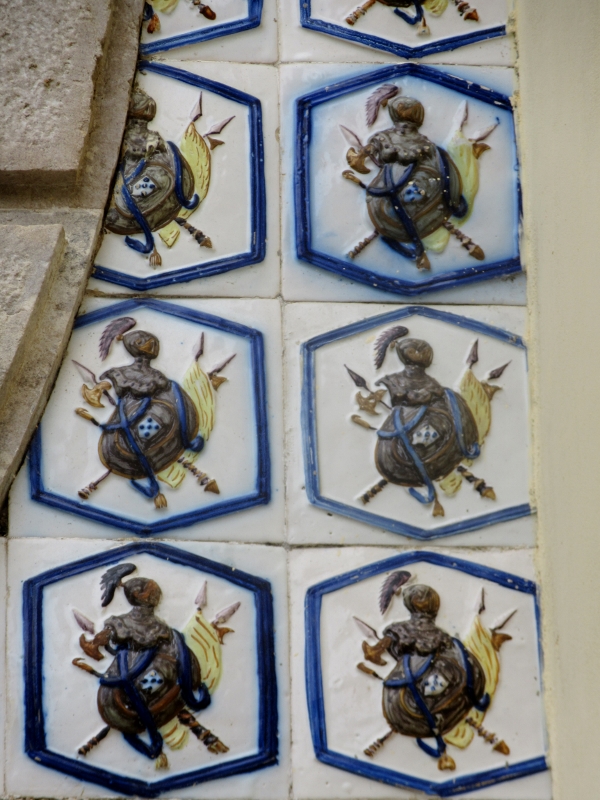
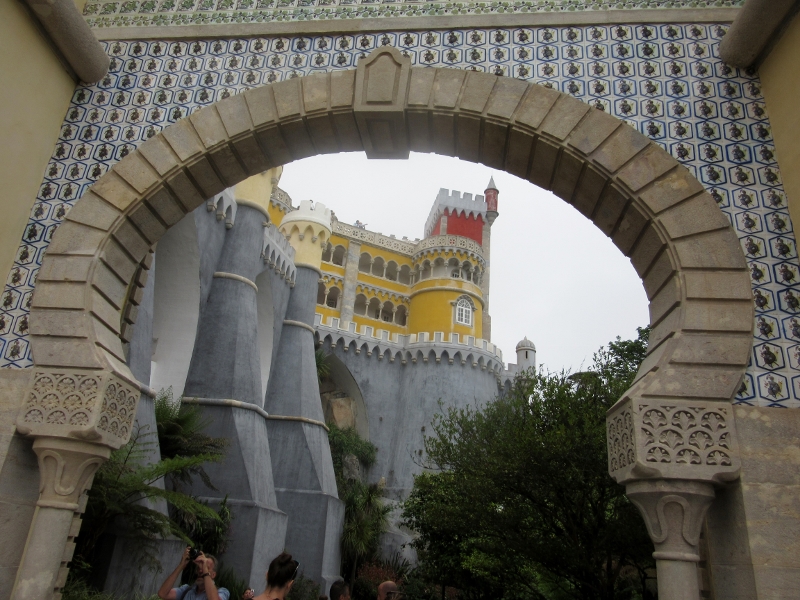
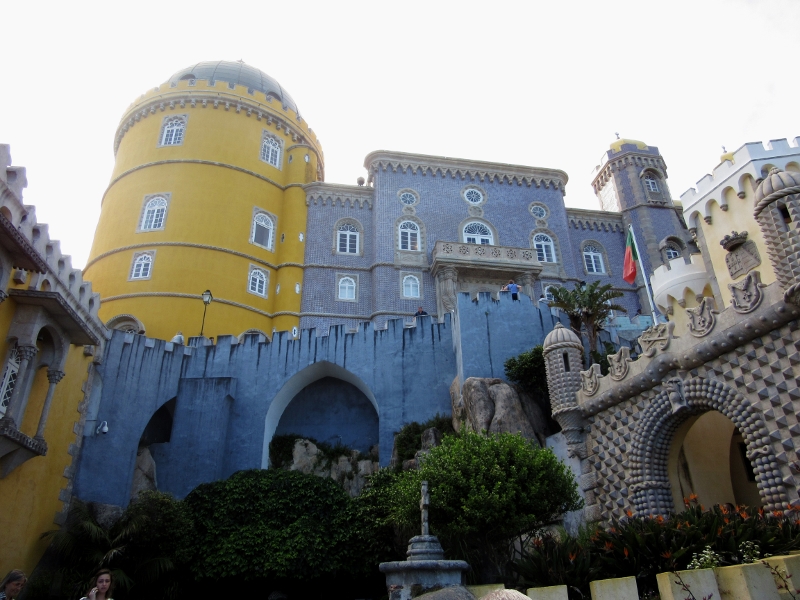
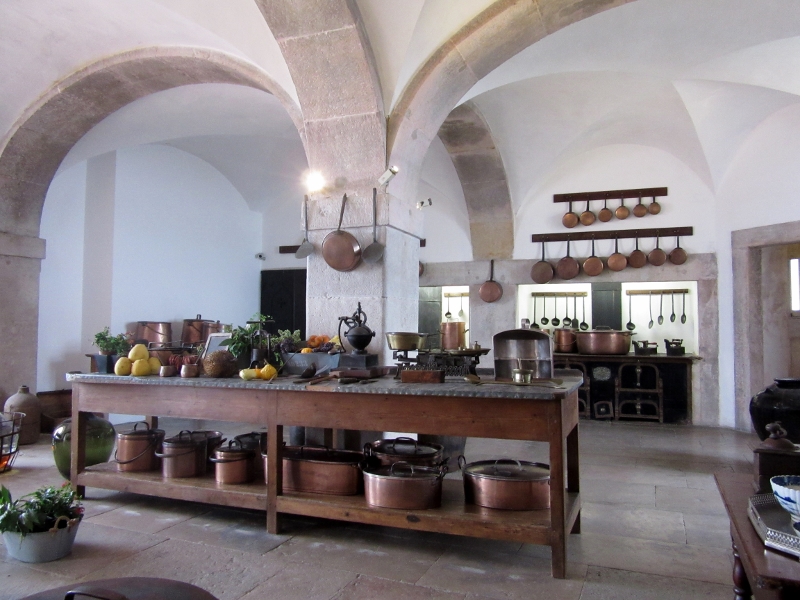
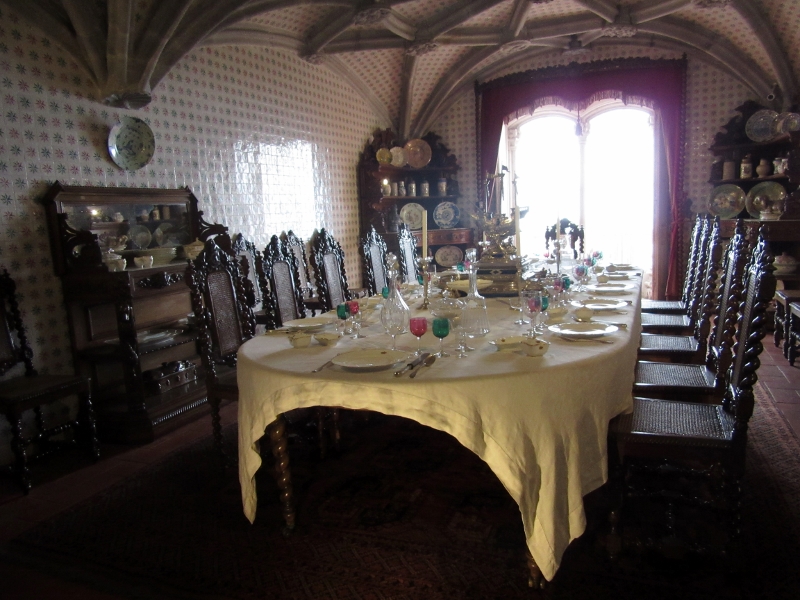
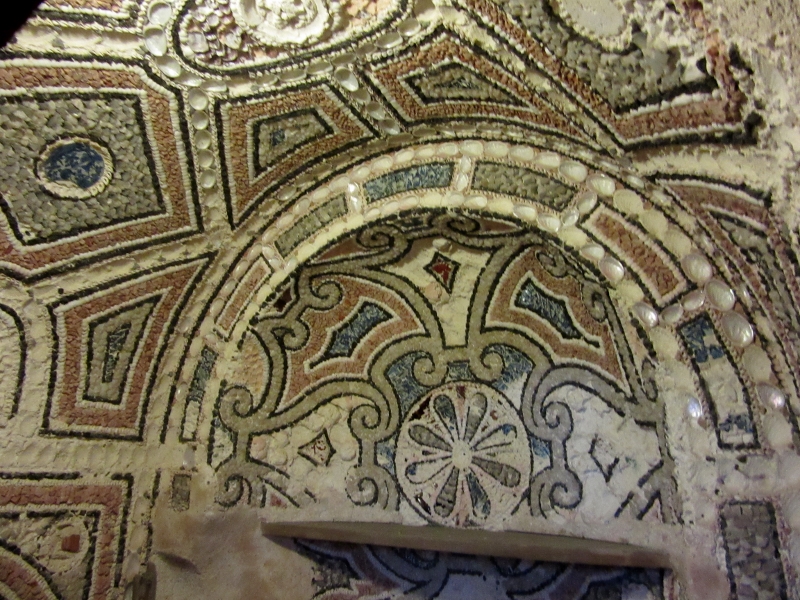
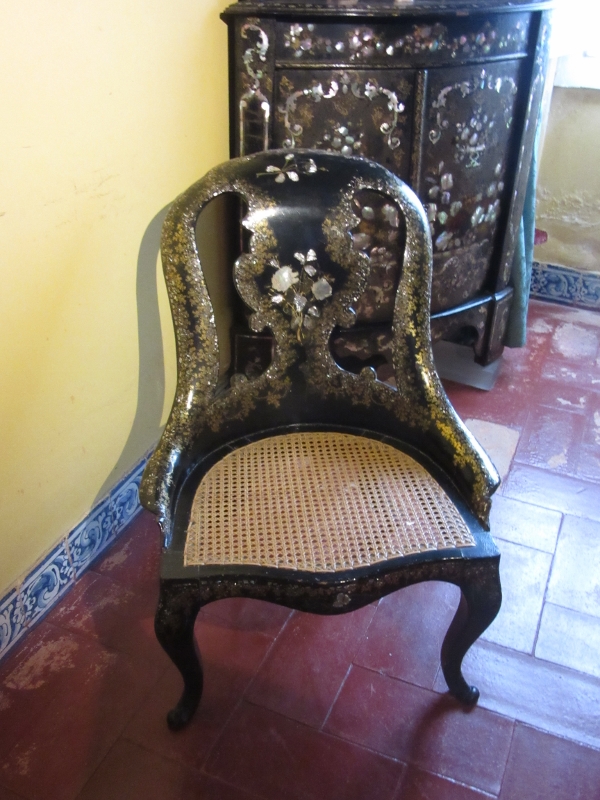
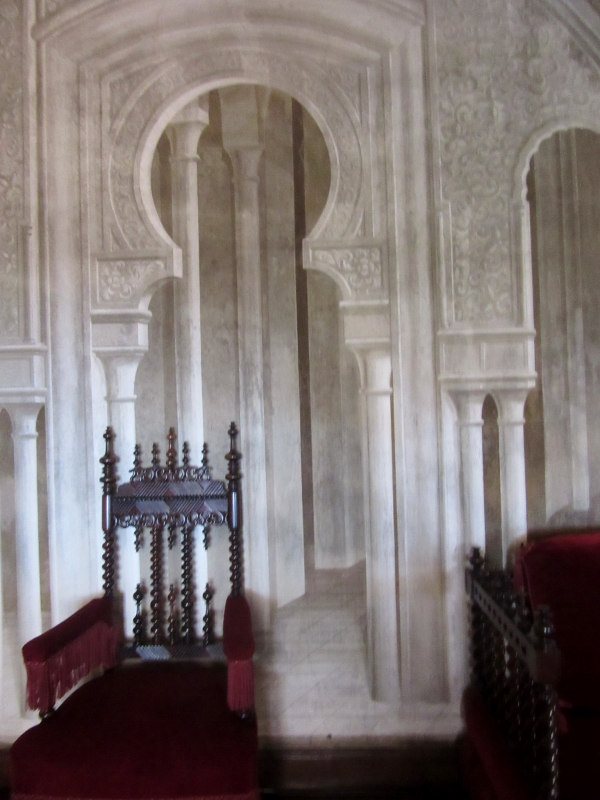

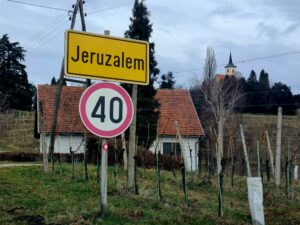



2 Responses
Another “thank you” for sharing images and comments. Happy to let you travel for me any where, any time. Miss the “foody” experience though.
Noted 🙂